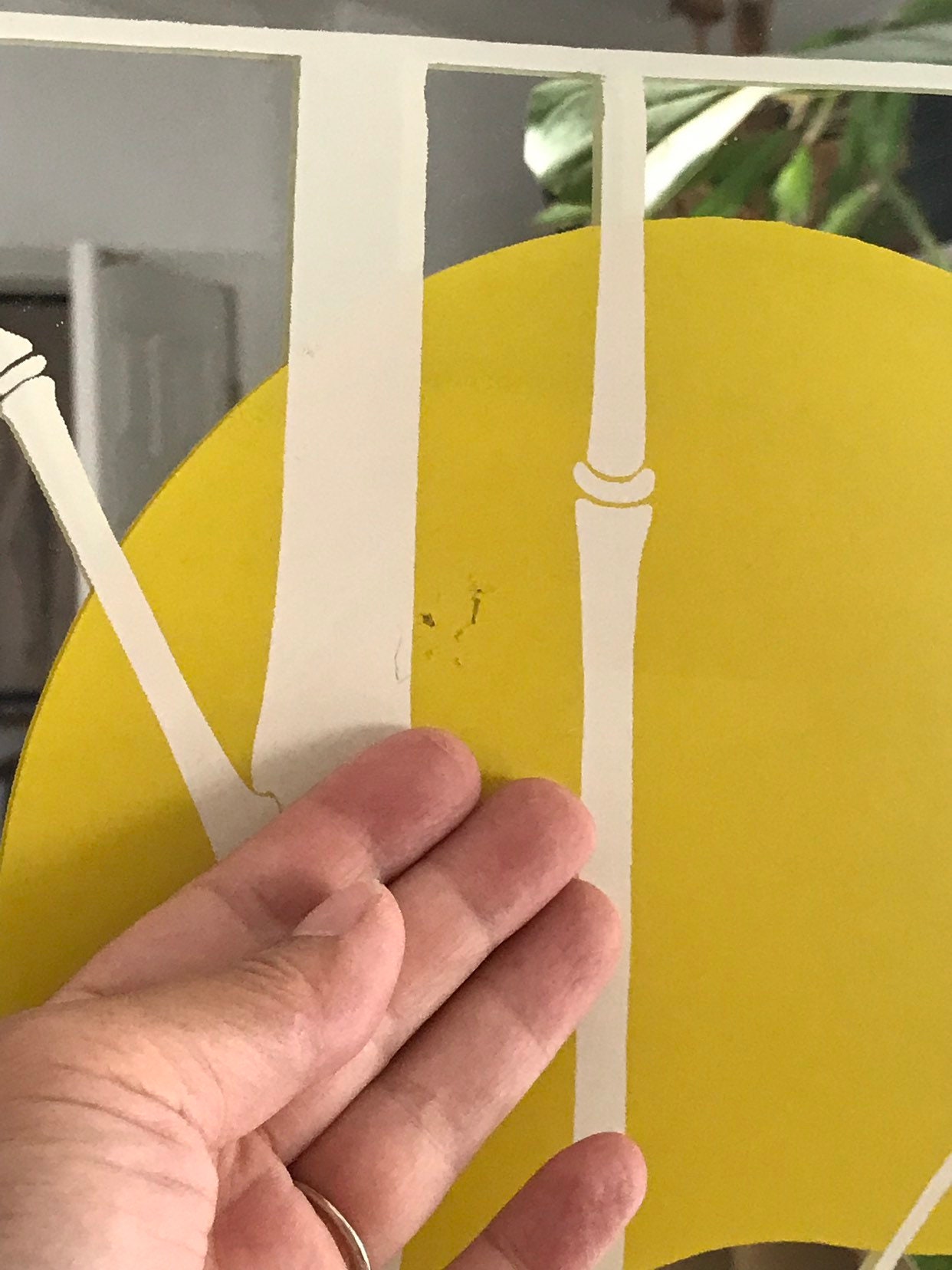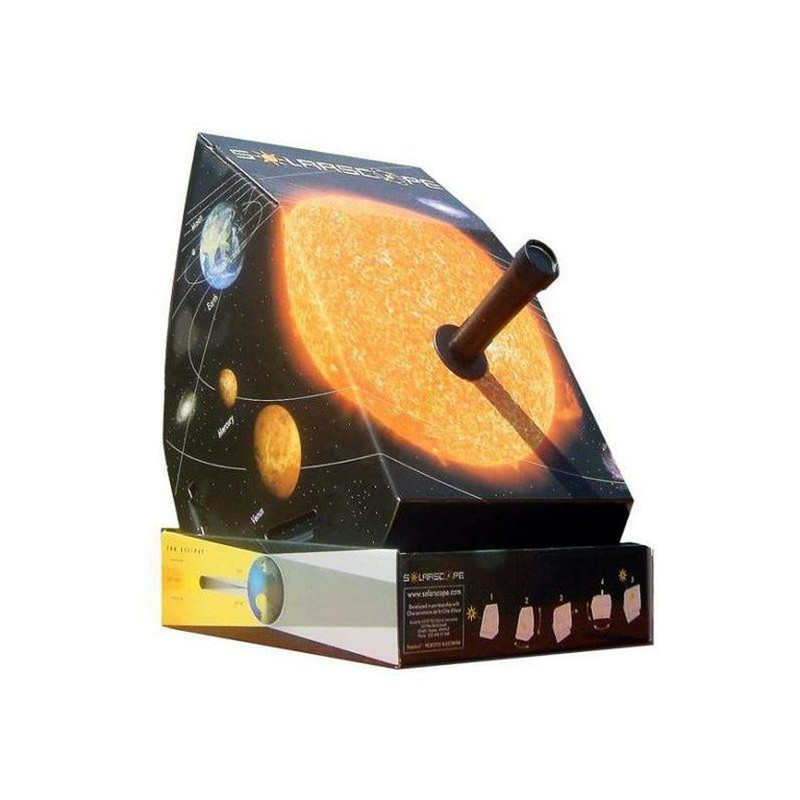

Note too that pinhole projection is not useful for observing the total phase of a total solar eclipse the projected image would be too faint to see. Note that pinhole projection does not mean looking at the Sun through a pinhole! You project sunlight through the hole onto a surface and look at the solar image on the surface.

During a partial solar eclipse, the tiny spaces between the leaves will act as pinhole projectors, dappling the ground with images of the crescent Sun (or images of the ring-shaped Sun during the annular phase of an annular eclipse)! If your observing site has trees, look at the shadows of leaves on the ground. During the annular phase of an annular solar eclipse, the projected images will be little rings.

During the partial phases of a solar eclipse, these images will reveal the Sun's crescent shape, as shown in the accompanying photo. The little spaces between your fingers will project a grid of small images on the ground. (You may find this easiest to do with your palms facing up.) Then, with your back to the Sun, look at your hands’ shadow on the ground. You don't need any special equipment to do this! Just cross the outstretched, slightly open fingers of one hand over the outstretched, slightly open fingers of the other. You simply pass sunlight through a small opening (for example, a hole punched in an index card) and project an image of the Sun onto a nearby surface (for example, another card, a wall, or the ground).
#Build a diy sun spotter how to
As noted in How to View a Solar Eclipse Safely, a convenient method for safe viewing of the partially eclipsed Sun is pinhole projection.


 0 kommentar(er)
0 kommentar(er)
